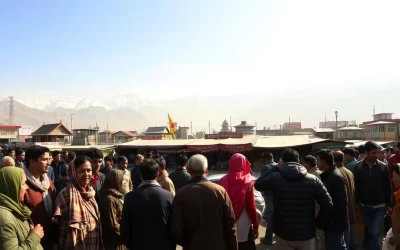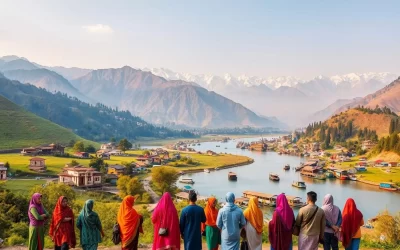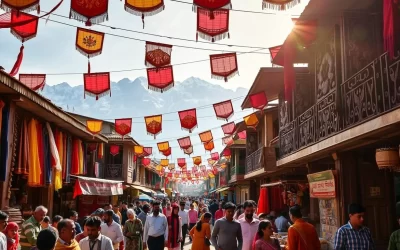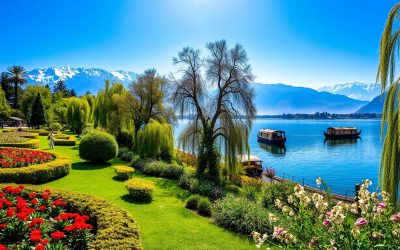You’ll discover a rich tapestry of languages spoken in Jammu and Kashmir, a union territory in northern India with a diverse population.
The region recognizes five official languages: Kashmiri, Dogri, Hindi, Urdu, and English, reflecting its complex linguistic heritage.
As you explore the language dynamics in this sensitive border region, you’ll gain insights into the cultural significance of various languages and their contribution to the region’s unique identity.
The demographic distribution of language speakers and the historical context of language use in Jammu and Kashmir will also be examined, providing a comprehensive understanding of the region’s linguistic landscape.
The Linguistic Landscape of Jammu and Kashmir
You will find a complex linguistic landscape in Jammu and Kashmir, shaped by its history and geography. The region is home to a diverse population that speaks multiple languages, reflecting its rich cultural heritage.
Current Official Languages
The official languages of Jammu and Kashmir are Urdu, English, and others recognized under the Constitution of India. The region follows a unique linguistic policy.
The Five-Language Formula
The Five-Language Formula is an educational approach that includes the study of multiple languages. This formula is significant in the region’s linguistic landscape.
Implementation and Usage
The implementation of the Five-Language Formula involves the teaching of languages such as English, Urdu, Hindi, and local languages like Kashmiri and Dogri. This approach promotes multilingualism among the people of Jammu and Kashmir.
Language Demographics Overview
The demographics of languages in Jammu and Kashmir reveal interesting patterns. According to census data, the population’s linguistic diversity is significant.
Population Distribution by Mother Tongue
The distribution of the population by mother tongue shows that Kashmiri and Dogri are among the prominent languages spoken. The data highlights the linguistic diversity within the union territory.
Bilingualism and Trilingualism
Many residents of Jammu and Kashmir are bilingual or trilingual, speaking multiple languages for different purposes. The census data on subsidiary languages provides insights into the patterns of language use among speakers. For instance, among Dogri speakers, Hindi is the most common subsidiary language, followed by English.
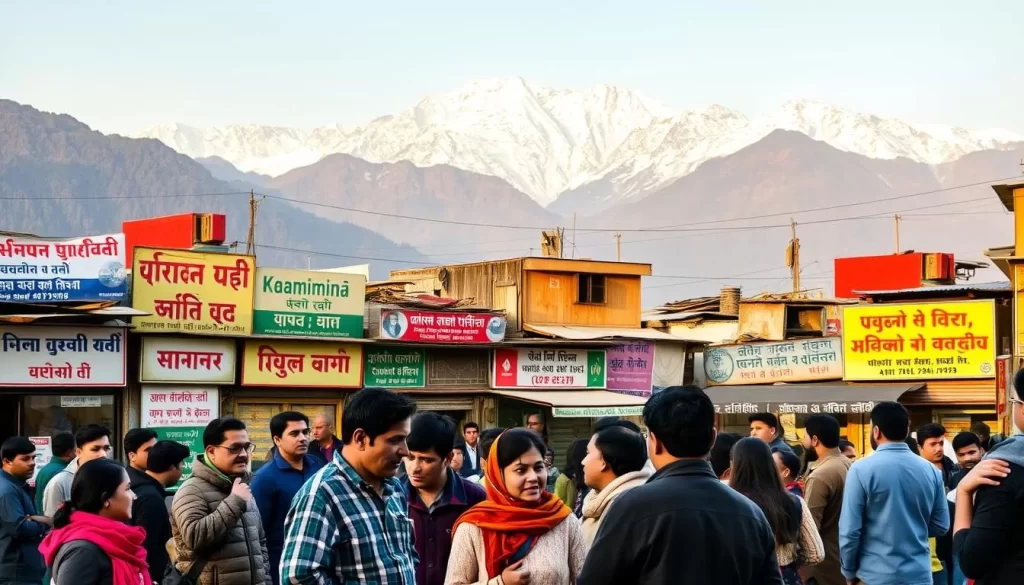
The complex patterns of bilingualism and trilingualism reflect the region’s historical, educational, and administrative factors. Understanding these patterns can provide insights into the linguistic family and cultural dynamics of the region.
Kashmiri: The Most Widely Spoken Language
In the diverse linguistic tapestry of Jammu and Kashmir, Kashmiri emerges as the most widely spoken language. As you delve into the region’s linguistic landscape, you’ll discover the significance of Kashmiri and its various writing systems.
Linguistic Features and Classification
The Kashmiri language belongs to the Dardic branch of the Indo-Aryan languages. This classification is crucial in understanding its historical and cultural context.
Dardic Branch of Indo-Aryan Languages
The Dardic branch is a subgroup of the Indo-Aryan languages, and Kashmiri is one of its prominent members. This classification highlights the language‘s unique characteristics and its evolution over time.
Unique Phonological Characteristics
Kashmiri has distinct phonological features that set it apart from other languages in the region. These characteristics are essential in understanding the language‘s identity and its role in the cultural heritage of the people of Jammu and Kashmir.
Writing Systems for Kashmiri
The Kashmiri language is written using multiple scripts, reflecting its rich cultural diversity. The primary script used is Perso-Arabic, which is the official script.
Perso-Arabic Script (Official)
The Perso-Arabic script is widely used for writing Kashmiri and has been adopted as the official script. It is used across different religious communities, showcasing its versatility and widespread acceptance.
Devanagari and Sharada Scripts
Apart from Perso-Arabic, Kashmiri is also written in Devanagari and Sharada scripts. The Sharada script has historical significance, having been used from the 8th century until the early 20th century. Although its use has declined, it still holds importance in certain cultural and religious contexts among the Kashmiri Pandit community.
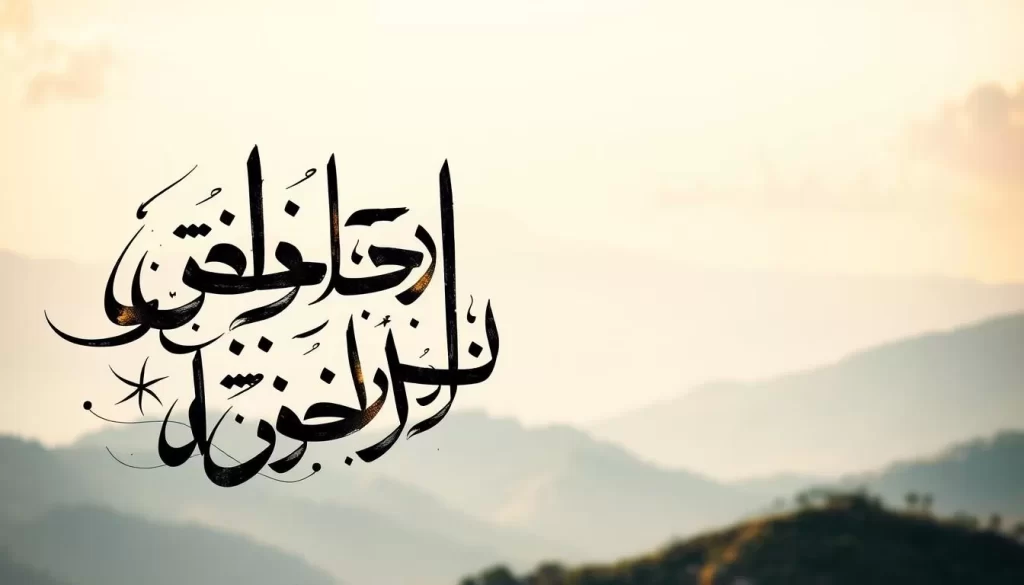
The use of different scripts for Kashmiri highlights the language‘s adaptability and the diverse cultural practices within the region. Understanding these scripts is essential to appreciating the rich linguistic heritage of Jammu and Kashmir.
Dogri: The Second Major Language of Jammu and Kashmir
You might be intrigued to know that Dogri, spoken by the Dogra people, is an integral part of Jammu and Kashmir’s cultural identity. As one of the official languages, Dogri plays a significant role in the region’s linguistic landscape.
Historical Development and Status
Dogri has a rich history and has evolved over time. It is part of the Western Pahari group of languages, which adds to its unique cultural significance.
Recognition as a Scheduled Language
Dogri’s recognition as a scheduled language has been a significant milestone in its development. This status acknowledges its importance and promotes its use in official contexts.
Geographic Distribution
Dogri is predominantly spoken in the Jammu region of Jammu and Kashmir. Its geographic distribution is closely tied to the cultural identity of the Dogra community.
Relationship with Other Western Pahari Languages
Dogri shares linguistic features and cultural significance with other Western Pahari languages, highlighting the region’s linguistic diversity.
Linguistic Features
The linguistic features of Dogri are distinct and reflect its historical development. It has a unique grammar and vocabulary that set it apart from other languages in the region.
Cultural Significance
Dogri is not just a language; it’s a repository of the region’s folklore, traditions, and collective memory. It serves as a marker of cultural identity for the Dogra community.
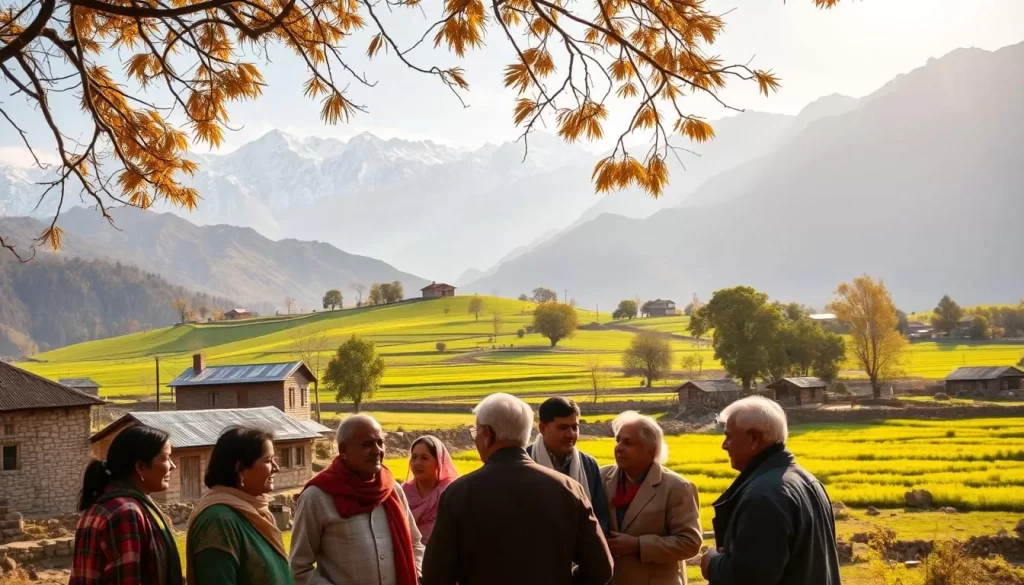
| Language Aspect | Description | Significance |
|---|---|---|
| Linguistic Features | Unique grammar and vocabulary | Distinguishes Dogri from other languages |
| Cultural Significance | Repository of folklore and traditions | Marker of cultural identity for Dogra community |
| Literary Tradition | Rich in poetry, folk songs, and storytelling | Reflects cultural ethos of Jammu region |
Urdu and Hindi: Official Languages with Political Significance
In Jammu and Kashmir, Urdu and Hindi are not just languages but also symbols of political identity and cultural heritage. Their status as official languages has significant implications for the region’s linguistic landscape.
Urdu’s Historical Role in Jammu and Kashmir
Urdu has a rich history in the region, having served as a court language during the princely state era. This historical significance has contributed to its continued use in official capacities.
From Court Language to Official Status
Urdu’s transition from a court language to an official language underscores its enduring importance. Despite the relatively low number of native Urdu speakers, it remains a symbol of cultural continuity.
Current Usage and Speakers
According to the 2011 Census, Urdu is spoken by approximately 19,956 people in Jammu and Kashmir, which is about 0.16% of the population. However, its role extends beyond native speakers, influencing the linguistic and cultural fabric of the region.
Hindi’s Growing Influence
Hindi’s elevation to official language status in Jammu and Kashmir represents a significant cultural and political shift. This change aligns with broader national integration policies, particularly following the constitutional changes of August 2020.
Statistical Controversies
There is a notable discrepancy in the reported number of Hindi speakers in Jammu and Kashmir. While the 2011 Census indicates that 2.30% of the population speaks Hindi, recent claims suggest a much higher figure, sparking debate over the actual number of Hindi speakers.
Cultural and Political Implications
The growing presence of Hindi in education, media, and administration is changing the linguistic landscape. This shift has mixed reactions, with some viewing it as a step towards national integration and others seeing it as an imposition of a North Indian language on a region with its own distinct linguistic traditions.
| Language | Number of Speakers | Percentage of Population |
|---|---|---|
| Kashmiri | 6,680,837 | 53.26% |
| Dogri | 2,596,767 | 20.64% |
| Hindi | 2,612,631 | 2.30% |
| Urdu | 19,956 | 0.16% |
Minority Languages and Linguistic Diversity
Beyond the major languages, Jammu and Kashmir hosts a variety of minority languages that contribute to its linguistic landscape. The region’s linguistic diversity is a testament to its cultural richness and the various communities that call it home.
Gojri and Pahari Communities
The Gojri and Pahari communities are significant minority language groups in Jammu and Kashmir. Gojri, spoken by the Gujjar community, is one of the prominent minority languages.
Population and Geographic Distribution
Gojri is primarily spoken in the hilly and mountainous regions of Jammu and Kashmir. The Gujjar community, traditionally nomadic or semi-nomadic, is found across various districts.
Recognition Struggles
Despite their significant numbers, Gojri and Pahari speakers have faced challenges in getting official recognition for their languages. Efforts have been made to include these languages in educational curricula and official communications.
Other Languages in the Region
Jammu and Kashmir is home to speakers of virtually all of India’s scheduled languages, thanks to migration, employment opportunities, and military postings. Significant communities include Bengali, Gujarati, Malayalam, Tamil, and Nepali speakers.
Punjabi Speakers
Punjabi speakers are also present, particularly in Jammu region, due to historical and cultural ties with Punjab.
Non-Local Language Communities
These non-local language communities maintain their linguistic and cultural identities while integrating into the broader society. Educational institutions, government services, and tourism have brought speakers of different languages to the region, contributing to the multicultural fabric of urban centers like Jammu and Srinagar.
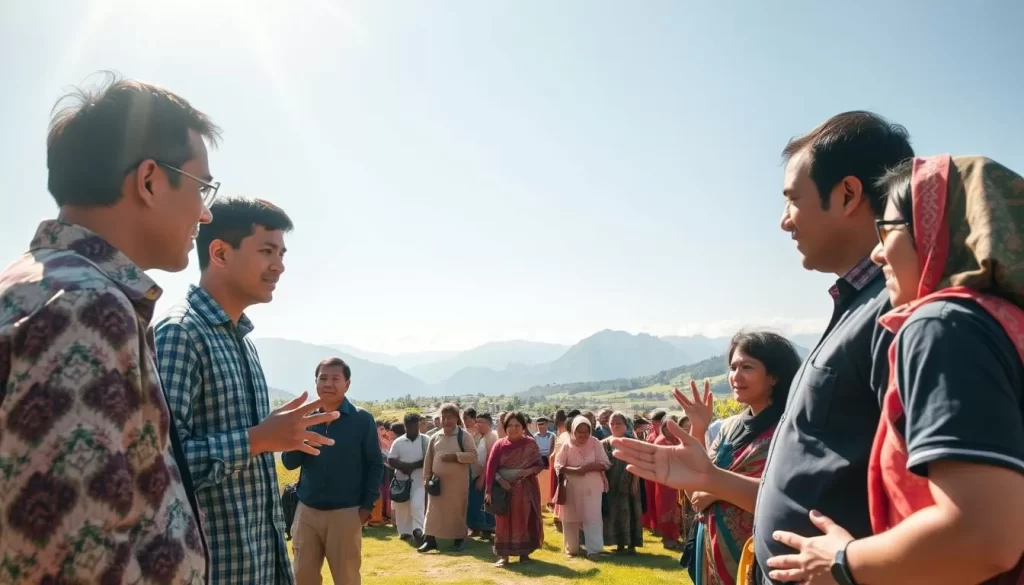
The presence of these diverse language communities enriches the cultural landscape of Jammu and Kashmir. However, they face challenges in preserving their languages and passing them on to younger generations.
Conclusion: The Future of Linguistic Diversity in Jammu and Kashmir
The linguistic diversity of Jammu and Kashmir is a reflection of its cultural richness, historical depth, and the resilience of its people. As you’ve seen, the region is home to a complex linguistic landscape where five official languages—Kashmiri, Dogri, Urdu, Hindi, and English—coexist alongside numerous minority languages like Gojri and Pahari.
The current linguistic ecosystem in Jammu and Kashmir presents both opportunities and challenges. On one hand, the recognition of multiple languages at the official level is a step towards preserving the region’s linguistic heritage. On the other hand, minority languages face the risk of being overshadowed, highlighting the need for balanced language policies.
Digital technologies and media are playing a crucial role in shaping the future of linguistic diversity in the region, offering new avenues for language preservation and revitalization. As the union territory navigates its linguistic identity, it is essential to respect both majority and minority language communities, ensuring that linguistic diversity continues to be a source of cultural strength.
The above is subject to change.
Check back often to TRAVEL.COM for the latest travel tips and deals.

